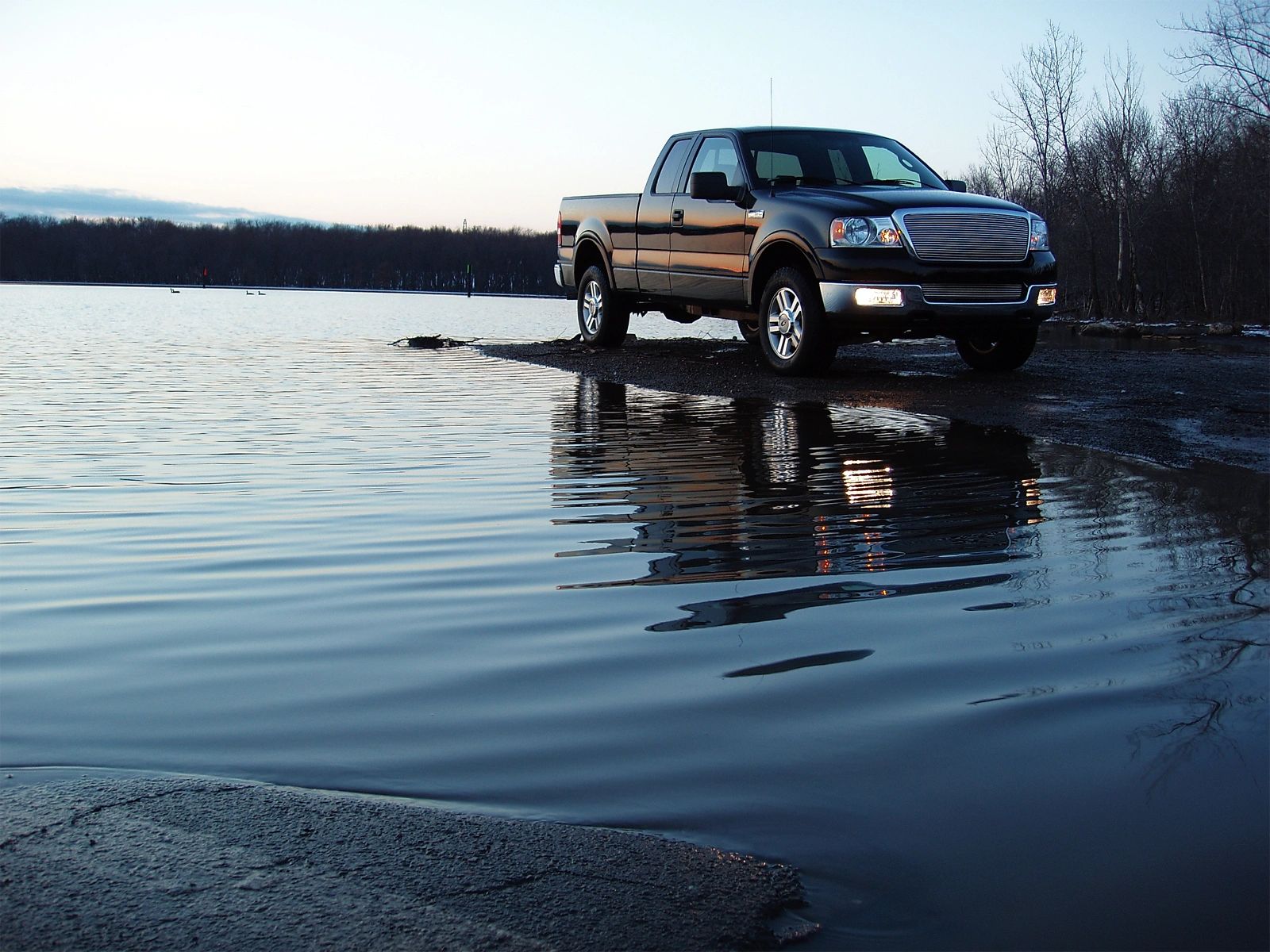Your Website Is a Work Truck—Not a Show Car
When you haul lumber to a job, you don’t drive a chrome-plated show car; you choose the fastest, toughest truck you can afford. Your website should feel the same—built for speed and ready to work. Every extra second of load time is like driving that truck with the parking brake half-on: users bail, leads vanish, and rankings slip. Google found that bounce probability jumps 32 % when load time rises from one to three seconds. (shopify.com)
So let’s pop the hood and run a 7-Day Speed Sprint—a focused, one-week checklist that can slice your load time in half without a single line of custom code.
Day 0: Set the Baseline
- Test twice. Run your homepage through PageSpeed Insights and WebPageTest to record First Contentful Paint (FCP), Largest Contentful Paint (LCP), and Total Blocking Time (TBT).
- Snap a screenshot. Save results so you can brag about gains later.
- Pick one KPI. Aim for a single, easy-to-share metric like “LCP under 2 seconds.”
Pro Tip: Average desktop load in 2024 was 2.5 s, while mobile lagged at 8.6 s. Beating those numbers puts you in the top tier. (wp-rocket.me)
Day 1: Put Images on a Diet
Why it matters
Images swallow up to 70 % of a typical page’s weight. A one-second delay can slash conversions by up to 20 % on mobile. (sitebuilderreport.com)
Action Steps
- Convert to next-gen formats. Replace JPG/PNG with WebP or AVIF.
- Resize smartly. Serve a 400-px image to a 400-px slot—nothing larger.
- Lazy-load below the fold. Let browsers fetch off-screen images only when needed.
Day 2: Delete the Junk JavaScript
Why it matters
Every unused script is like carrying dead weight in that work truck.
Action Steps
- Run Chrome’s Coverage tab to expose dormant code.
- Ditch old libraries (e.g., replace jQuery plugins with vanilla JS or CSS).
- Split bundles. Break vendor scripts so the homepage only loads essentials.
Day 3: Turn on Compression & Caching
Why it matters
GZIP or Brotli compression can shrink text files by 80 %, while browser caching cuts repeat load times nearly to zero.
Action Steps
- Enable Brotli in your server or CDN dashboard.
- Set far-future cache headers (at least 30 days) for static assets.
- Add a service worker if you use a progressive web app—great for offline caching.
Day 4: Plug into a CDN
Why it matters
A content delivery network stores copies of your site closer to visitors. Data from 500 million visits shows small speed tweaks deliver big ecommerce gains. (yottaa.com)
Action Steps
- Pick a global CDN (Cloudflare, Bunny, or Amazon CloudFront).
- Route images, CSS, and JS through the CDN.
- Activate HTTP/2 or HTTP/3 for multiplexed, faster connections.
Day 5: Clean Up the Back End
Why it matters
If images and scripts are the cargo, your server is the engine. A weak engine stalls the truck.
Action Steps
- Upgrade PHP or Node to the latest LTS version.
- Switch to object caching (Redis or Memcached).
- Audit plugins. On WordPress, disable any that inject front-end code you don’t need.
Day 6: Hit Core Web Vitals
Sites fixing Core Web Vitals can see traffic climbs; one mistake cost a business 50 % of SEO visitors. (39celsius.com)
Action Steps
- Largest Contentful Paint (LCP). Ensure hero images load fast—preload them.
- Cumulative Layout Shift (CLS). Reserve space with CSS aspect-ratio boxes.
- Interaction to Next Paint (INP). Defer third-party widgets until user scroll.
Day 7: Test, Tweak, and Celebrate
- Re-run PageSpeed Insights. Aim for a green score (90 +) on both mobile and desktop.
- Compare against Day 0. If load time isn’t at least 50 % faster, revisit the biggest offenders in the waterfall chart.
- Document wins. Faster pages often boost conversion rates by 5.9 % for every second saved. (queue-it.com)
Common Roadblocks & Quick Fixes
| Problem | Symptom | Quick Fix |
|---|---|---|
| Bloated hero video | LCP > 3 s | Replace with compressed MP4 + lazy-loaded poster image |
| Render-blocking CSS | High TBT | Inline critical CSS; defer the rest |
| Third-party chat widget | CLS jumps on open | Load widget after user interaction |
Final Thoughts: Speed Is a Habit, Not a Project
Seven days is all it takes to cut fat and feel the difference, but staying fast means running regular tune-ups—just like changing oil in your truck. Chrome’s Performance Insights panel and free CDNs make ongoing checks almost effortless.
Ready to Make Your Homepage a Hot Rod?
A slow homepage burns ad dollars and scares off referrals. Let me record a free homepage review—I’ll walk through your speed scores, point out bottlenecks, and hand you a simple fix-list you can apply in under an hour. Claim yours here.



